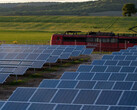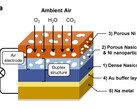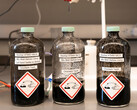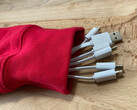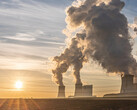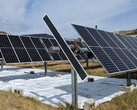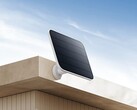The melting temperature of iron is just under 1,050 °C (1,900 °F). Blast furnaces typically even work at temperatures of around 2,000 °C (3,600 °F) or more.
In contrast, the records for the pure concentration of sunlight have so far been significantly lower, despite great effort. Solar thermal power plants, for example, which only generate water vapor, only reach around 400 to 500 °C (750 to 900 °F).
To significantly exceed the 1,000 degree mark (1,800 °F), direct heating of a suitable oven requires approximately a thousand times the concentration of sunlight. If this oven is encased in quartz, half the concentration is sufficient.
Researchers at ETH Zurich have now succeeded in heating it to over 1,000 °C (1,800 °F) with only 136 times the concentration of solar energy. This was achieved by sheathing the blast furnace with a special, semi-transparent material.
A precisely adapted quartz or similar material is applied to the layer actually responsible for absorbing the heat energy, which only captures the wavelengths required for heating.
This "trick" keeps the surface comparatively cool, while high temperatures are reached at the crucial point. In this case, the outside temperature remained below 500 °C (900 °F), while 1,050 °C (1,900 °F) were measured in the oven itself. The losses due to the unavoidable cooling of the surface are correspondingly lower.
The next step on the agenda is to reach the 3,000 °C mark (5,000 °F). At this temperature, it would be possible to process a wide range of metals that would otherwise require a classic blast furnace.
Fossil fuels would no longer have to be used and the efficiency of the system would be extremely high. After all, both hydrogen and coal are only so energy-rich because they were initially produced with the help of sunlight - either by hydrolysis or by plant growth a few million years ago.
If sunlight is used directly instead, there are no intermediate steps between light and a blast furnace at operating temperature. And the savings in CO2 and, above all, in energy itself would be enormous.





